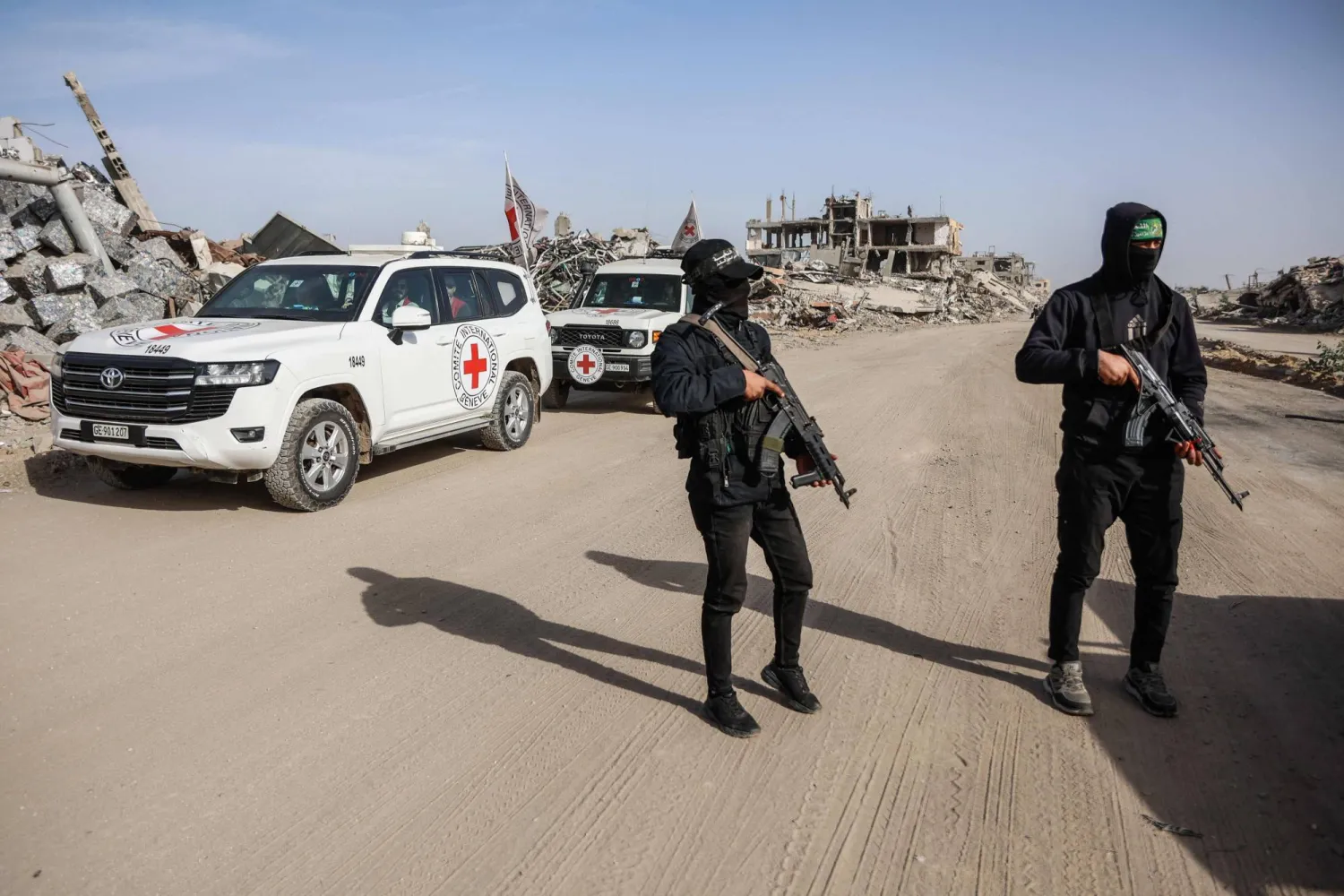Dr. Fahad bin Abdullah Toonsi was chosen as secretary-general of the Saudi Secretariat for the G20 for his prestigious career in the Royal Court.
Coming from a background in economy, management and engineering, he has been tasked with organizing the G20 in Saudi Arabia, the world’s premier economic event that brings together the leaders of the globe’s top economies.
Toonsi has been an adviser at the Royal Court since December 2018. His appointment as secretary-general did not come out of the blue, but it is based on his experience in overseeing the implementation of various initiatives and programs that are part of the Kingdom’s Vision 2030.
In 2011, he graduated with a bachelor’s in production engineering and mechanical systems design from the College of Engineering at King Abdul Aziz University. He then earned a master’s degree in international business management from London’s prestigious King’s College. He obtained a doctorate in financial economics and corporate governance from the same university in 2008.
Toonsi has presented several researches and studies on global governance. One tackled global governance in wake of the 2011 financial crisis and another in 2010 covered the application of governance systems in companies operating in the Middle East and North Africa. Toonsi has participated in numerous seminars and scientific conferences, including one on governance solutions held in the United States in 2014.
Toonsi has been the secretary-general of the Strategic Management Office of Vision 2030 and the secretary-general of the boards of directors for megaprojects which have been launched by the Kingdom’s Public Investment Fund: Qiddiya, Neom, AMAALA and the Red Sea Project.
From 2013 to 2015, Toonsi worked at the Saudi Crown Prince’s diwan as an advisor on governance in tackling affairs at councils and committees. He has been active in contributing to the development of projects chaired by Crown Prince Mohammed bin Salman, Deputy Prime Minister and Minister of Defense, the MiSK Foundation and Ministry of Defense.
Toonsi’s work has not been limited to Saudi Arabia, but he has been involved as manager on international corporate governance projects in Egypt, the United Arab Emirates and Qatar.
Toonsi was the first to reveal Crown Prince Mohammed’s idea to develop a logo for Saudi Arabia’s presidency of the G20.
In February, he revealed that the general secretariat of the G20 had approached various global companies for the design and many proposals were rejected. He said that he then met with the Crown Prince to discuss what feature really represents Saudi Arabia and the idea to host a local competition in Saudi Arabia to come up with the design was born.
Ultimately, a design presented by Saudi Mohammed al-Hawas won and is now the G20 2020 logo. The logo features the al-Sadu, or an embroidery form common in the Arabian Peninsula.









